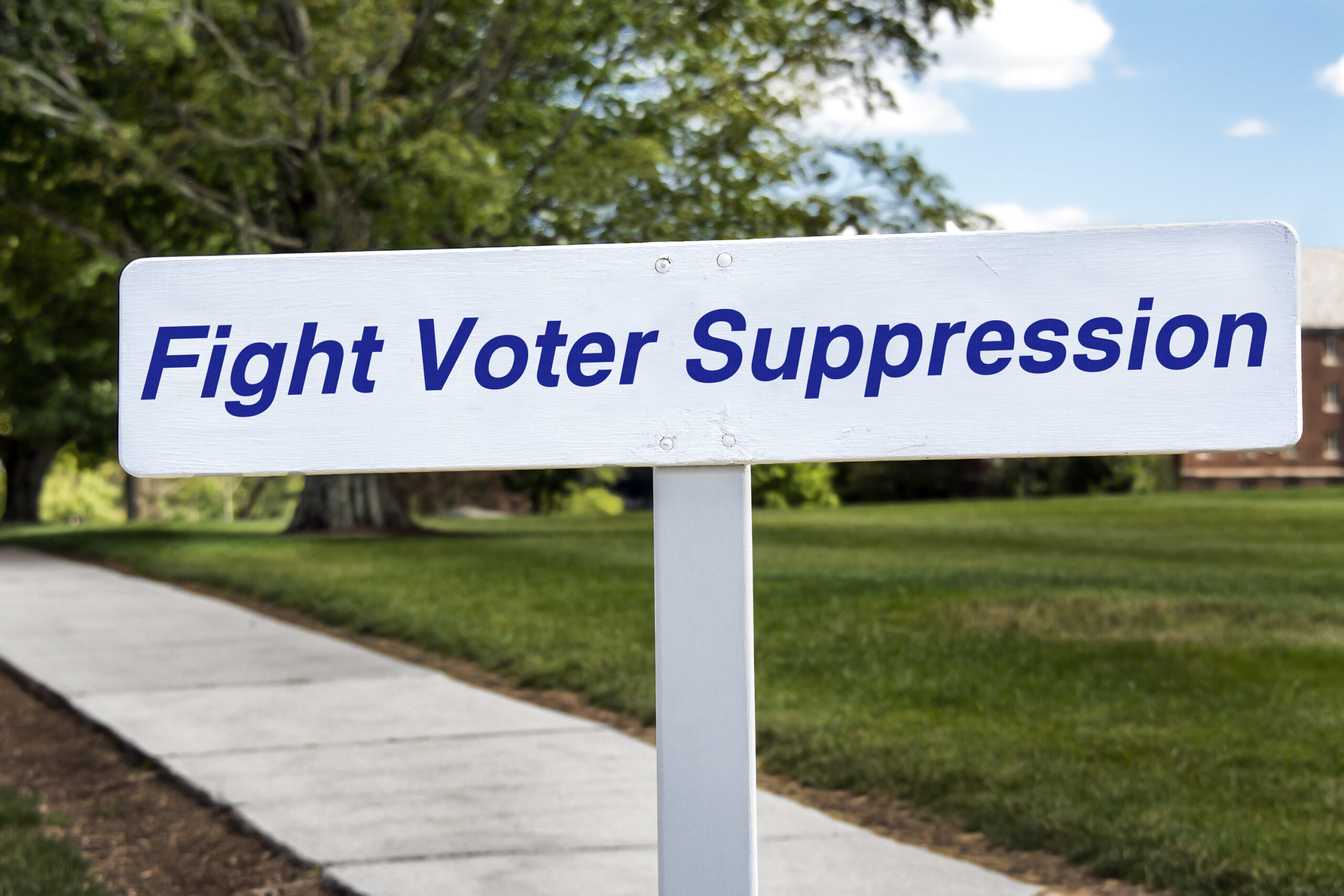In part 1, I showed how the 2011 congressional districts for Maryland were designed to stop Republicans from winning elections. The 2025 congressional districts look better, but I don’t know.
Watch this video to learn how it is nearly impossible for a human to evaluate if a districting is good or bad or how badly biased it might be.
In addition, you have to define what it means to be “biased.” Does it mean that if your general election shows an R 30%, a D 60%, and Other of 10% that you should have a 30/60/10 distribution of representatives?
What happens when you have a large city that is nearly 100% Democrat while the rest of the state is nearly 100% Republican? Does that one city get more representation because of its larger population?
These are all policy decisions. And I’m not in a position to say what the correct answer should be:


“What happens when you have a large city that is nearly 100% Democrat while the rest of the state is nearly 100% Republican? Does that one city get more representation because of its larger population?”
.
We call that New York and California.
Another thought.
If re-districting was performed using an unbiased method strictly by number of people, that would likely result in good representation. A mixed district, using your example, R 30%, a D 60%, and Other of 10% is perfectly OK in my opinion.
.
If there is supposed to be a million people in a district, start counting somewhere, and if the million person threshold is met in the middle of a block, add a few people. That should be the only variation allowed. Full blocks only.
.
But… people get involved, and they start identifying which blocks are favorable to their party, and now… we have gerrymandering.
A couple of thoughts.
Some countries have national elections with proportional representation; this is commonly seen in Europe. Sometimes with variations: Germany has a threshold; a party that gets less than that receives zero seats. Holland doesn’t so some parties have just one seat in parliament.
This works after a fashion, but you can end up with lots of parties so there is no stable government. It also means that the representatives don’t act as individuals (even less so than US Democrats) because they are elected as party members, by their position on the party slate. A disobedient representative will see his position on the next slate be moved by the party bosses to an “unelectable spot”, i.e., well below the expected number of members that party will see elected. A cynical politician some years ago referred to his peers as “voting cattle” for that reason. So proportional representation isn’t the answer.
It’s easy to imagine ways to limit gerrymandering. It’s hard to find any that work in practice, and nothing is likely to stick given that the States have plenary power under the Constitution to decide how to do these things. There are some Federal laws that try to interfere; none of them are Constitutional though a number of them have managed to get away with it, at least for a number of decades.
I… kind of got that? But not entirely. I think I need to talk to Chris over lunch sometime and get it explained to me in simple words. Y’know… like for a toddler.